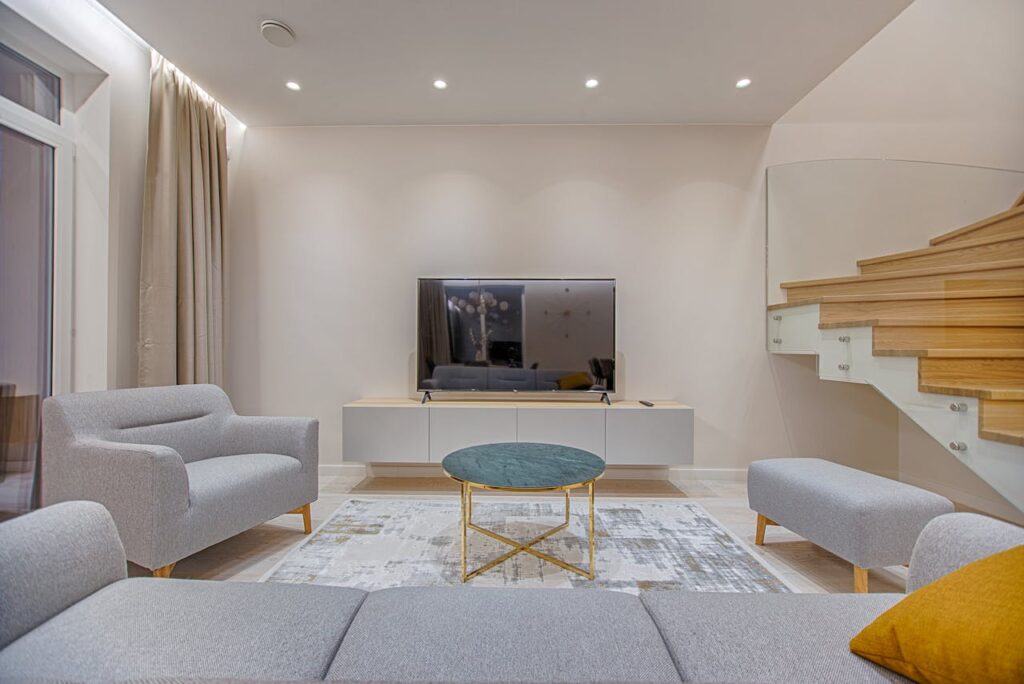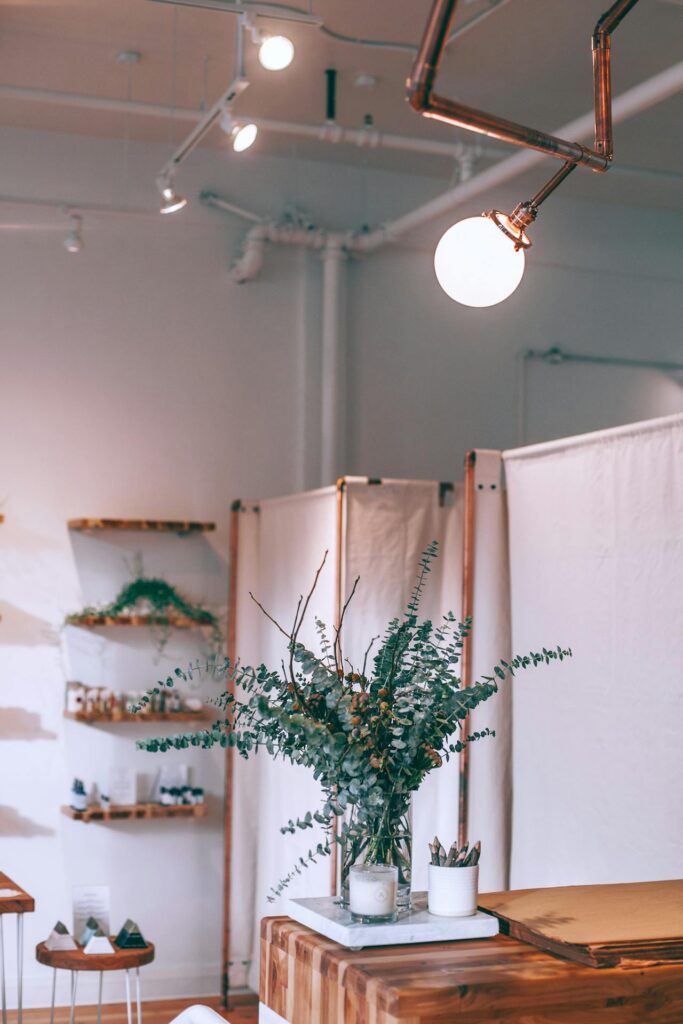Neutral color palettes are timeless, versatile, and effortlessly elegant. However, when not executed thoughtfully, a neutral space can sometimes feel flat or uninspired.
The key to designing with neutrals is incorporating depth, texture, and strategic contrasts to create a visually dynamic and inviting atmosphere. Here’s how to embrace neutral tones without making your space feel bland.
Strategies for Elevating Neutral Color Schemes

Layering Different Shades and Tones
Using just one neutral shade throughout a space can make it feel monotonous. Instead of relying on a single color, incorporate a variety of neutral tones such as warm beiges, soft grays, creamy whites, and taupe. Layering different shades creates subtle contrast and dimension, preventing the space from feeling one-dimensional.
Incorporating Textured Elements
Texture is crucial when working with a neutral palette, as it adds depth and warmth to the space. Introduce a mix of materials such as linen, wool, rattan, and distressed wood to enhance visual interest. Upholstered furniture, woven baskets, chunky knit throws, and stone surfaces all contribute to a more dynamic and inviting environment.
Using Statement Pieces as Focal Points
A neutral room doesn’t have to lack personality. Incorporate statement pieces such as an oversized piece of artwork, an eye-catching light fixture, or a sculptural coffee table to create a focal point. These elements provide visual intrigue without overpowering the space.
Mixing Warm and Cool Neutrals

Neutrals come in both warm and cool undertones, and mixing them can add richness and contrast. Pairing warm beige or camel with cooler gray or off-white tones prevents the space from feeling too uniform. This balance ensures the color scheme feels sophisticated and well-curated rather than flat.
Playing with Patterns and Subtle Prints
Introducing patterns—even subtle ones—can prevent a neutral space from feeling dull. Consider adding patterned textiles such as a herringbone throw, geometric pillows, or a striped area rug. These patterns bring energy into the space while maintaining the refined, understated look of a neutral palette.
Adding Metallic or Black Accents
Metallic finishes such as brass, bronze, and brushed nickel can elevate a neutral space by introducing subtle shine and contrast. Additionally, incorporating black accents—such as picture frames, light fixtures, or hardware—adds definition and prevents the room from feeling washed out. A little contrast goes a long way in making neutrals feel intentional and striking.
Incorporating Natural Materials

Natural materials like greenery, wood, stone, and leather complement neutral color schemes beautifully. A raw wood dining table, a marble countertop, or a jute rug brings in organic warmth and makes the space feel more inviting. These materials add authenticity and prevent the room from looking overly sterile.
Enhancing Depth with Strategic Lighting
Lighting plays a crucial role in making a neutral space feel inviting rather than flat. Layer different lighting sources such as ambient, task, and accent lighting to create depth. Warm-toned bulbs, wall sconces, and pendant lights with textured shades all contribute to a cozy and well-lit atmosphere.
Personalizing with Thoughtful Details
A neutral space should still reflect your personality. Layer in personal decor such as framed photographs, curated books, artisanal ceramics, and meaningful keepsakes. These details add warmth and individuality, ensuring your space feels lived-in rather than staged.
Final Thoughts
Neutral color palettes don’t have to feel boring or lifeless. By incorporating texture, layering different tones, and adding contrasting elements, you can create a visually rich and inviting space. Thoughtful lighting, statement pieces, and personal touches further enhance the depth and warmth of neutral interiors, making them both timeless and full of character.

